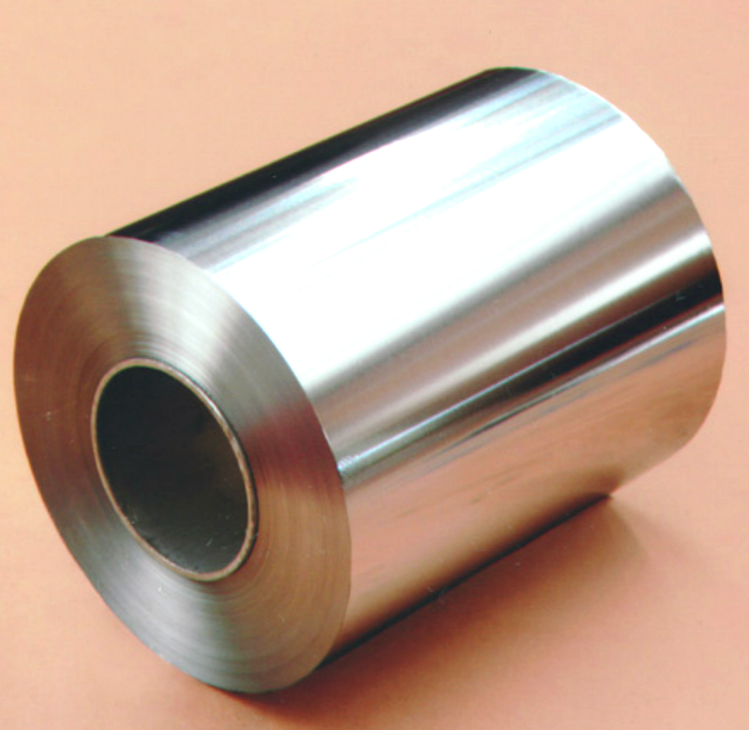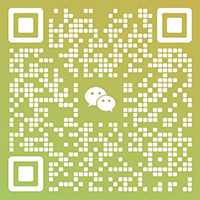Introduction:
Tin foil and aluminum foil are two terms often used interchangeably, leading to confusion among consumers. While both serve similar purposes, they have distinct differences. In this article, we'll explore the historical evolution, composition, manufacturing processes, and various uses of tin foil and aluminum foil. Additionally, we'll address common misconceptions, health considerations, environmental impact, and consumer trends surrounding these kitchen essentials.
Historical Perspective:
Evolution of Tin Foil
Tin foil predates aluminum foil and was widely used for various purposes, including wrapping food and preserving its freshness. The historical usage of tin foil contributes to its name being colloquially used even in the presence of aluminum foil.

Transition to Aluminum
Foil Aluminum foil gained popularity in the early 20th century, gradually replacing tin foil due to its superior properties. The shift was accelerated by advancements in manufacturing technology and the cost-effectiveness of aluminum.

Composition and Properties:
Material Composition of Tin
Foil Tin foil is made from thin sheets of tin, a malleable and ductile metal. While it has a shiny appearance, it lacks the heat resistance and flexibility compared to aluminum foil.
Material Composition of Aluminum Foil
Aluminum foil, on the other hand, is crafted from aluminum, known for its excellent heat conductivity and flexibility. The composition contributes to its widespread use in cooking and packaging.
Manufacturing Process:
Tin Foil Production
Tin foil production involves rolling out thin sheets of tin, a process that requires precision and careful handling. The production method is relatively straightforward but contributes to the higher cost compared to aluminum foil.
Aluminum Foil Production
Aluminum foil is produced through a more complex process, including rolling, annealing, and finishing. The intricate manufacturing process results in a product with superior properties, making it a versatile choice in various applications.
Usage in Cooking:
Cooking with Tin Foil
Tin foil has been a traditional choice for wrapping and cooking food due to its ability to retain moisture. However, it is less effective at withstanding high temperatures, limiting its use in certain cooking methods.
Cooking with Aluminum Foil
Aluminum foil, with its excellent heat resistance, is widely used for baking, grilling, and other high-temperature cooking methods. Its versatility makes it a staple in kitchens around the world.
Pros and Cons of Each
While both foils have their merits, understanding their pros and cons is crucial for making an informed decision in the kitchen. Tin foil may be preferred for specific uses, but aluminum foil offers a broader range of applications.
Packaging Industry:
Tin Foil in Packaging
Tin foil's historical significance in preserving food extends to its use in packaging. It provides a barrier against light, oxygen, and moisture, protecting the contents from deterioration.
Aluminum Foil in Packaging
Aluminum foil's dominance in the packaging industry is attributed to its durability and effectiveness in preserving food freshness. It is commonly used for packaging various products, including snacks, pharmaceuticals, and perishable goods.
Advantages in Food Preservation
Both foils play a vital role in food preservation, but aluminum foil's properties make it more widely used in modern packaging, ensuring longer shelf life for a variety of products.
Health Considerations:
Safety of Tin Foil
Tin foil is generally considered safe for cooking and packaging food. However, concerns about tin leaching into food have led to a decline in its usage, especially for acidic or high-temperature cooking.
Safety of Aluminum Foil
Aluminum foil is deemed safe for cooking and packaging. Contrary to popular myths, there is no conclusive evidence linking its use to health issues when used appropriately. However, avoiding excessive use in acidic or salty foods is advisable.
Misconceptions and Facts
Addressing misconceptions surrounding the safety of both foils is crucial. Educating consumers about proper usage and dispelling myths ensures a more informed and confident choice in the kitchen.
Environmental Impact:
Sustainability of Tin Foil
Tin is a finite resource, and its mining can have environmental consequences. The sustainability of tin foil is a concern, prompting a shift towards more eco-friendly alternatives.
Sustainability of Aluminum Foil
Aluminum foil, being highly recyclable, has a more positive environmental impact. Recycling efforts help reduce energy consumption and minimize the ecological footprint associated with its production.
Recycling Practices
Encouraging recycling practices for both foils is essential. Aluminum foil, when recycled, can be used to produce new foil with minimal energy consumption, contributing to a more sustainable cycle.
Popularity and Consumer Trends:
Preference in Different Regions
Consumer preferences for tin or aluminum foil can vary across regions, influenced by historical usage, cultural practices, and availability.
Shifts in Usage Over Time
The global shift towards aluminum foil over the years is evident. Understanding the factors contributing to this shift provides insights into changing consumer trends and preferences.
Cost Comparison:
Price Differences
Tin foil tends to be more expensive than aluminum foil due to the cost of raw materials and the production process. Considering the price difference is essential for budget-conscious consumers.
Value for Money
While tin foil may be costlier, its unique properties may justify the expense for specific use cases. However, for general cooking and packaging purposes, aluminum foil provides better value for money.
English
العربية
Français
Русский
Español
Português
Deutsch
italiano
日本語
한국어
Nederlands
Tiếng Việt
ไทย
Polski
Türkçe
ភាសាខ្មែរ
Bahasa Melayu
Filipino
Bahasa Indonesia
magyar
Română
Čeština
Монгол
हिन्दी
فارسی
Slovenčina
Slovenščina
Norsk
Svenska
Ελληνικά
Suomi
Latine
Dansk
Shqip
Hrvatski
Afrikaans
Gaeilge
Eesti keel
latviešu
Azərbaycan dili
Беларуская мова
ქართული
íslenska
Kinyarwanda
Lietuvių
Lëtzebuergesch
Македонски
Malti
Türkmençe
ئۇيغۇرچە
Cymraeg












